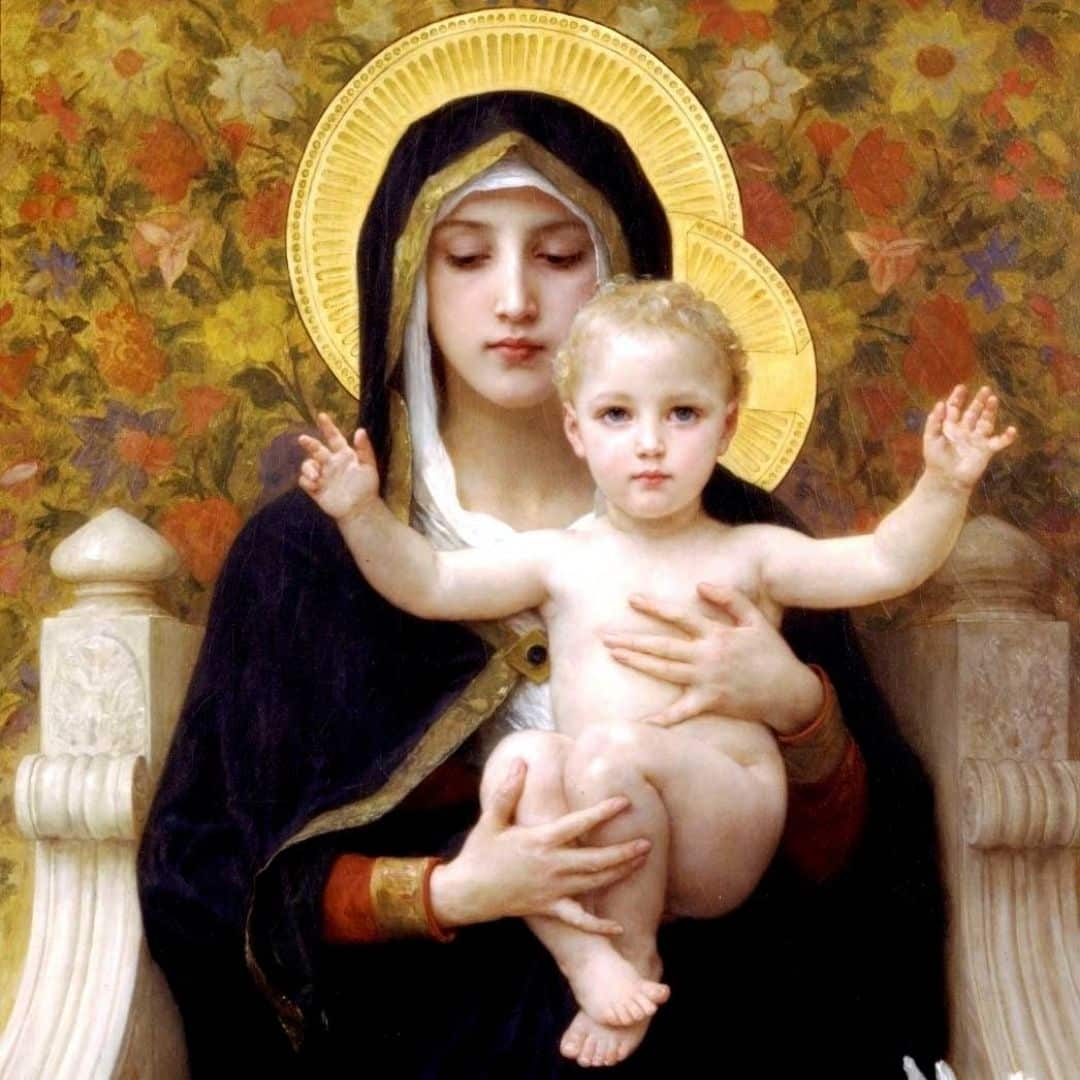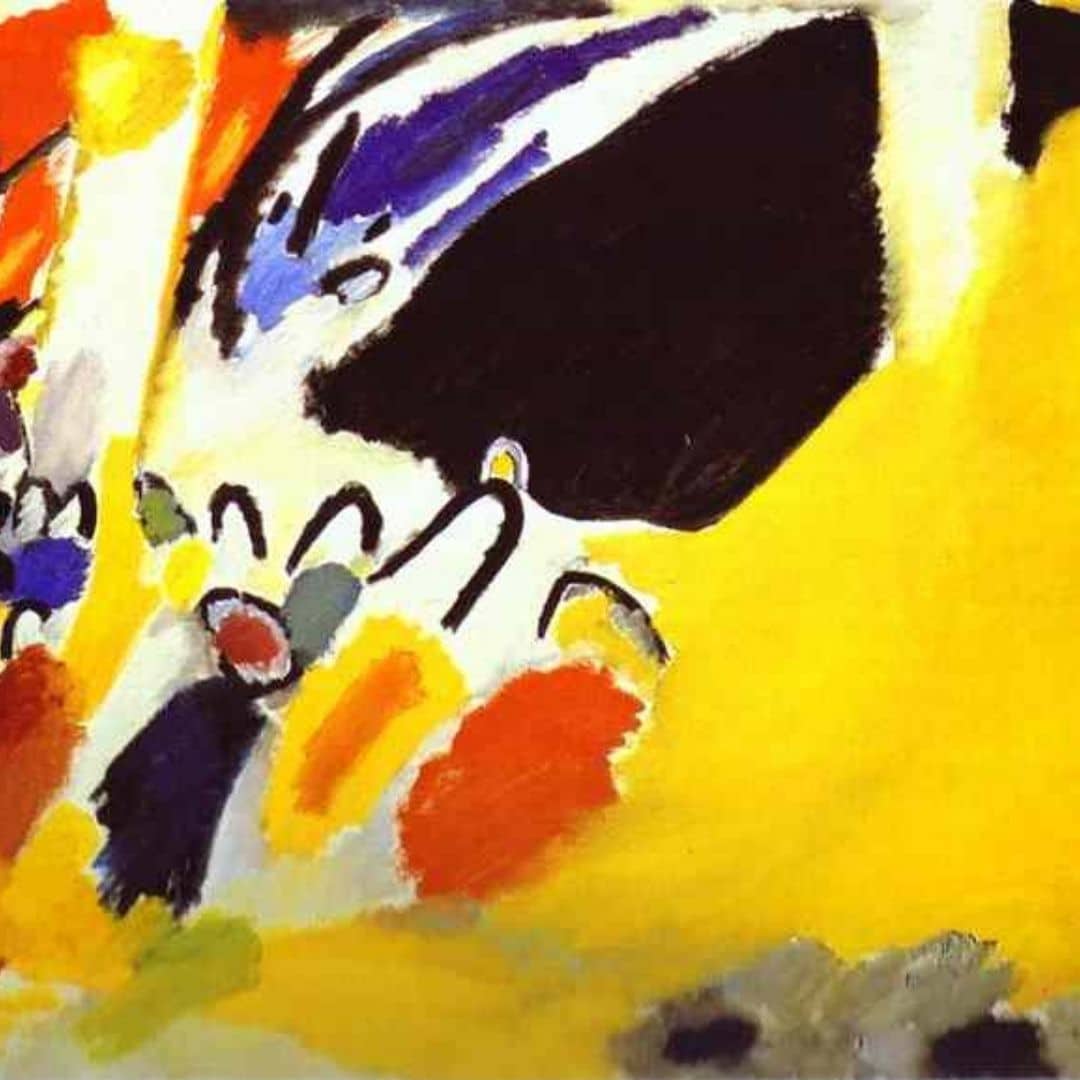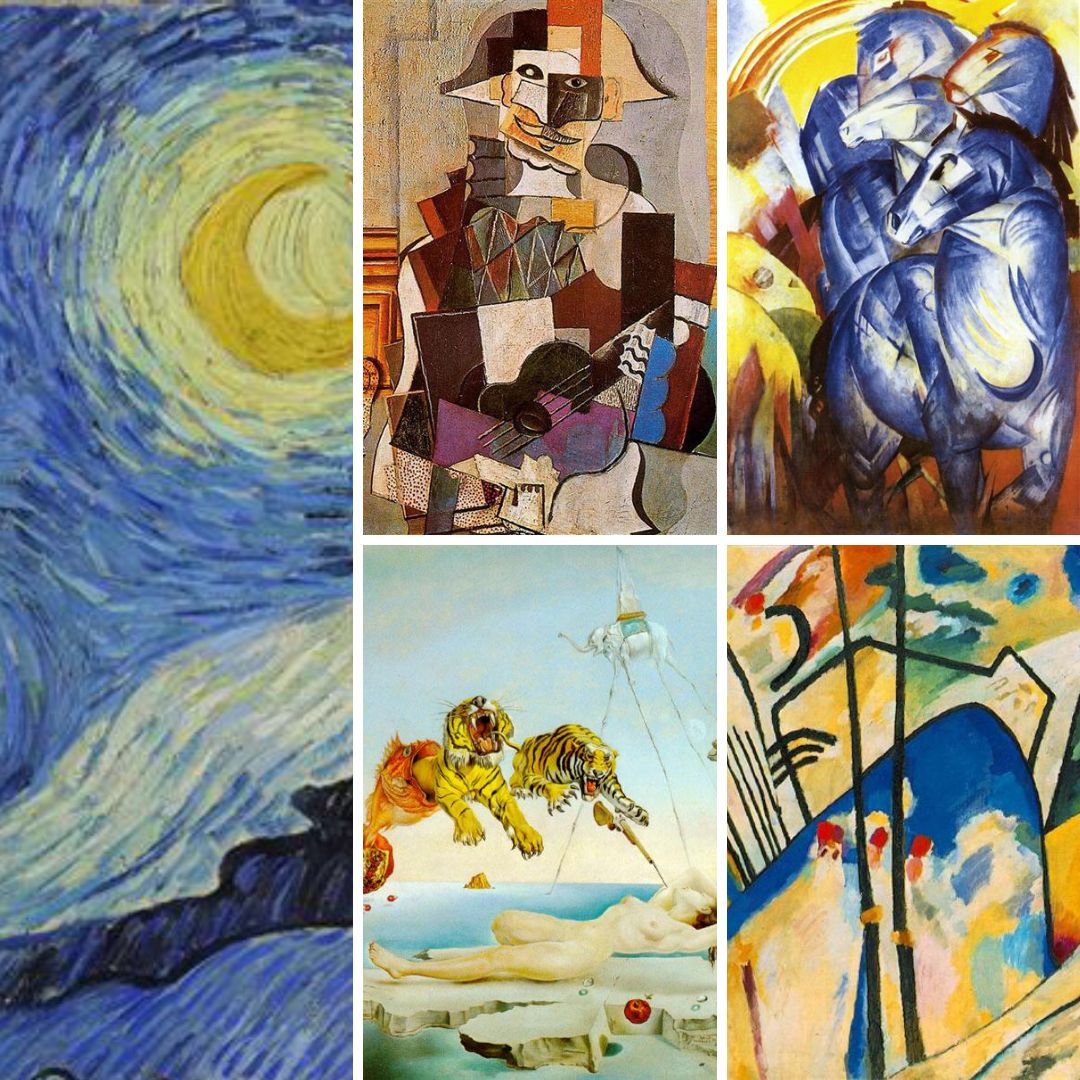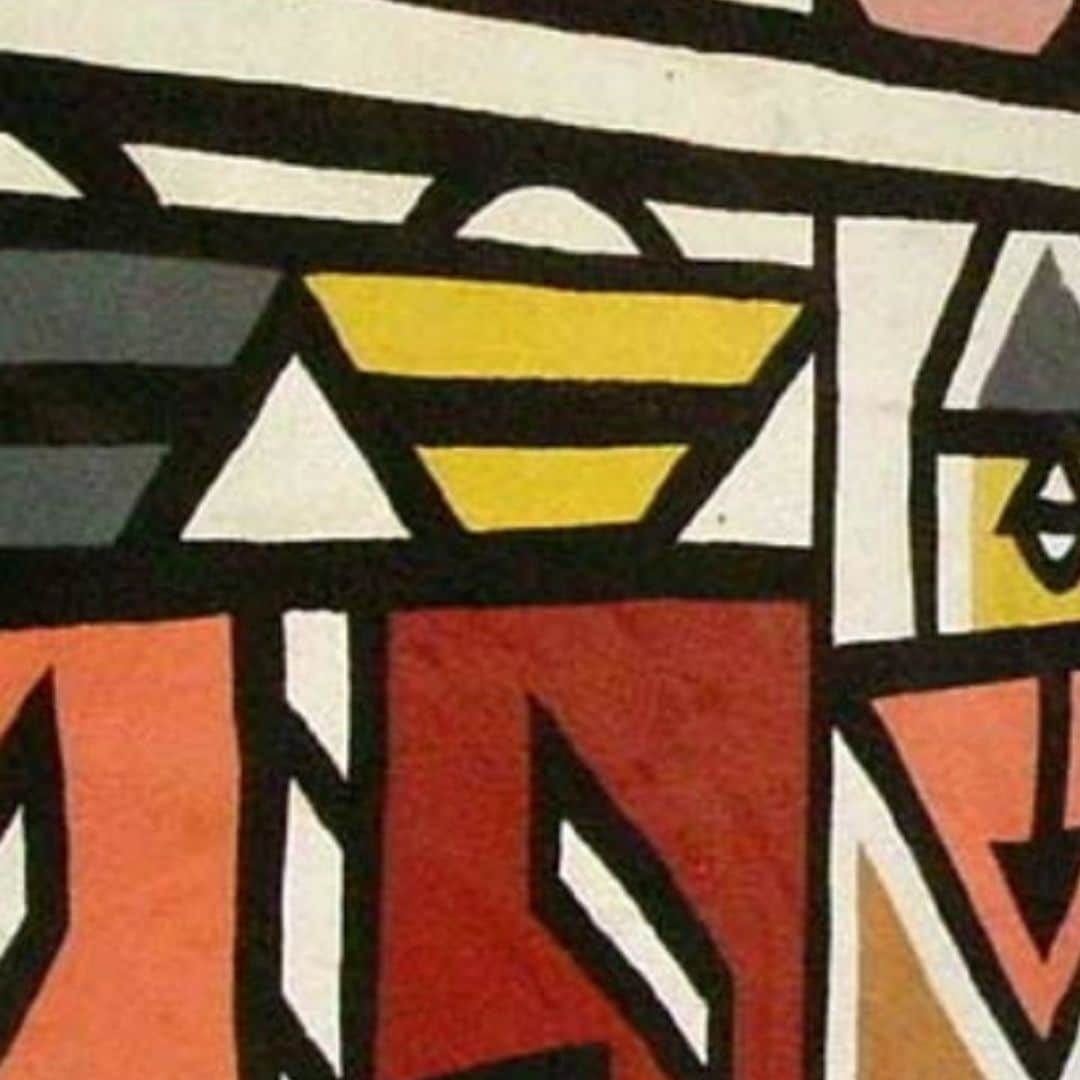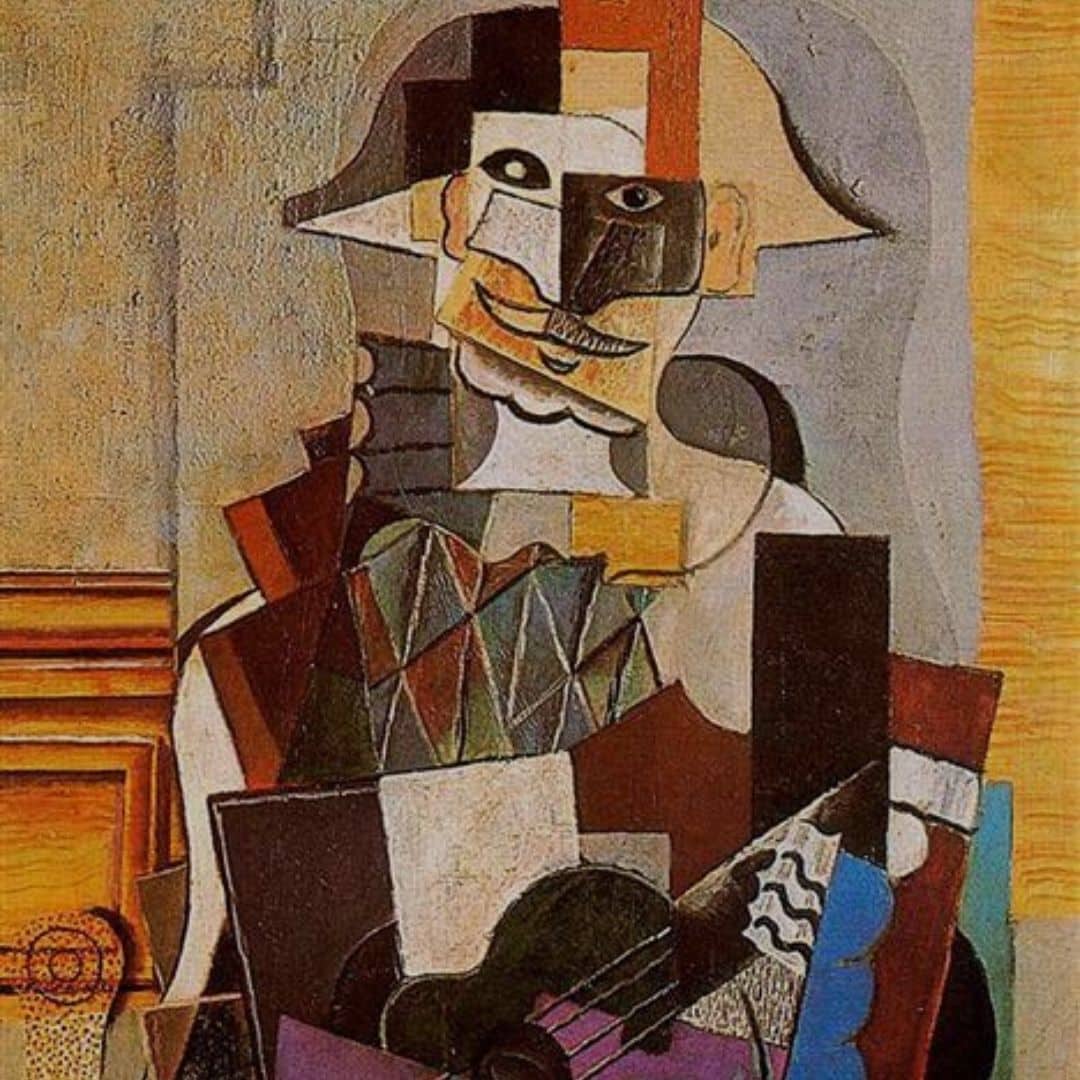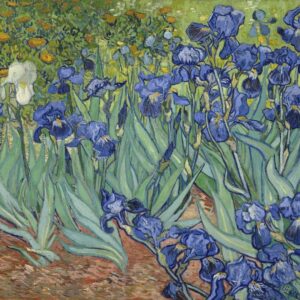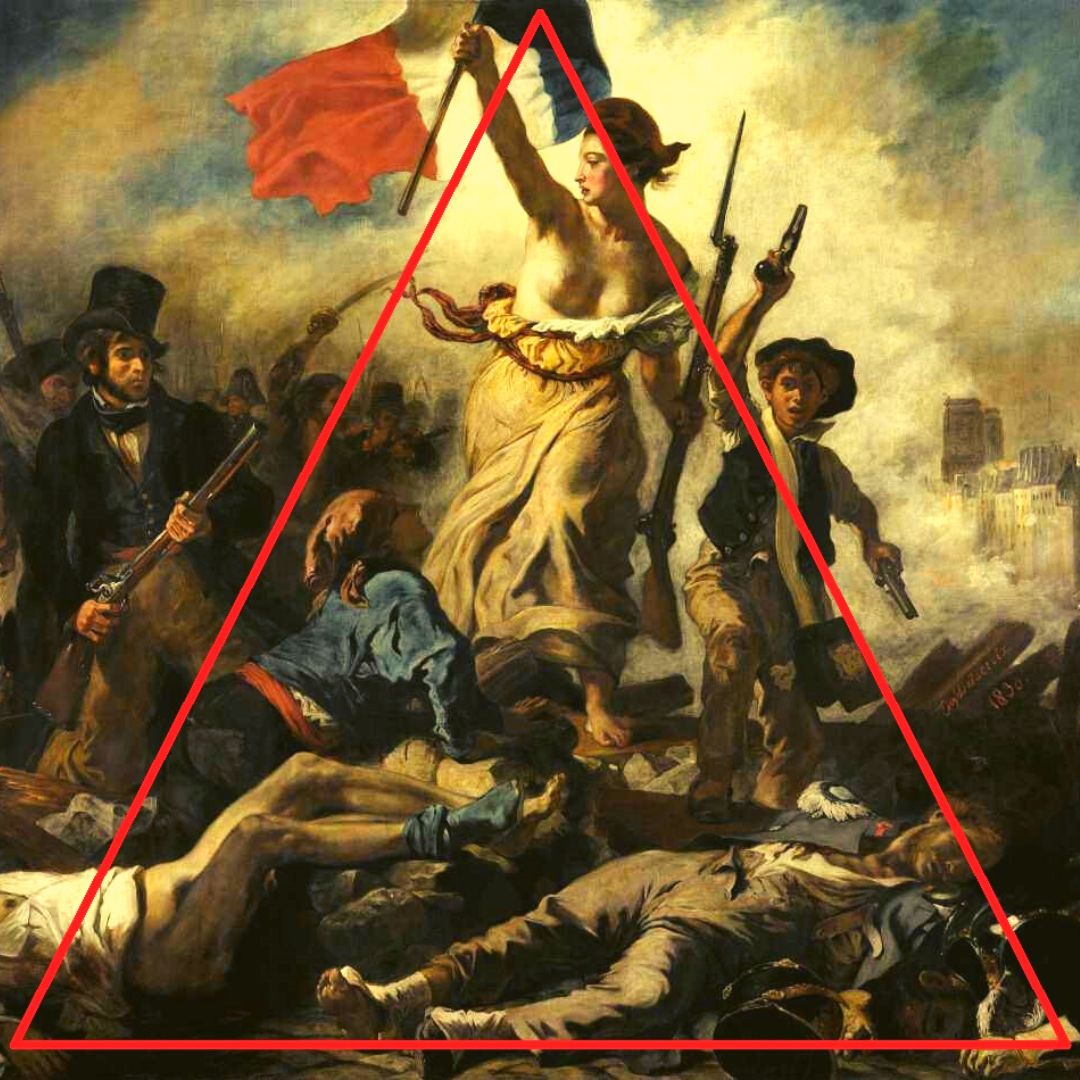Art analysis involves looking at certain essential elements of art. Of course, we then interpret these elements of art based on studies and research, as well as our own experience and culture.
But the analysis of a sculpture begins with the five elements of art that we will examine in this article.
By Yolanda Silva, author of the online course Analysing Art.
Elements of art | formal analysis
When we analyse an artwork we must take into account both the formal aspects and the historical information related to the piece in question.
So, the prevailing elements of art analysis in sculpture are essentially:
1. Identification;
2. Technical and structural data;
3. Theme;
4. Function;
5. Composition.
Let’s see these elements of art one by one
1 – Identification
The most relevant information for the identification of any work of art, whatever its nature, is as follows:
♦Artist name, if known (otherwise, we should identify him/her as ‘Anonymous’);
♦Theme or title of the work (whenever known);
♦Production site;
♦Date of production;
♦Current location (may include city, museum, collection, public place, etc.);
♦Former location (whenever known).
2 – Technical and structural data
What is important when we explore the technical data of a sculpture or relief?
♦Dimensions
always starting by listing the height of the work, including, if possible and relevant, weight;
♦Material and decoration:
of what material(s) is it made of? Is it made of various materials? Which are they? (we should always identify the type of stone, wood or metal, if possible);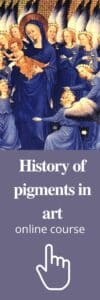
Was the piece modelled in plaster or clay and then cast in bronze or glazed? Is it painted or does it have traces of previous coats of paint?
♦General condition of the piece:
is the piece intact? It is whole or just a fragment? Does it present signs of wearing, abrasions, etc.? Where?
♦Display:
was the sculpture conceived as a decorative unit or as part of a sculptural or architectural ensemble? Was it produced to be on a pedestal or a base of some sort (identify and describe the base, if possible)?
Is it based on the ground, in a niche, against the wall, hanging,…?
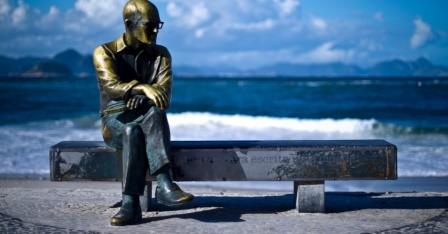 Statue of the poet Drummond de Andrade (Copacabana, Rio de Janeiro – Brasil; 2002).
Statue of the poet Drummond de Andrade (Copacabana, Rio de Janeiro – Brasil; 2002).
3 – Theme
The approach to theme should be methodical and well-grounded. It is important to make an inventory of all the identifiable details and motifs (always starting from general to particular).
As with a painting, we should find out:
♦What is represented? Are the motifs abstract or pictorial?
♦Does this piece belong to a system of beliefs, religion, culture, etc.? Can we identify it?
♦Before a human figure: can we identify the individual(s)? Does he/she (or do they) belong to a particular category (athlete, divinity, holy or historic character,…)?
♦Consider the physical characteristics: age, posture, movement, physical makeup, skin quality (identification of textures such as hair, beard, wrinkles, etc.), facial expression, psychological focus of the individual(s), clothing and the relationship thereof with the body (what does it cover, how it is held, etc.). When faced with a group of figures: identifiable physical and psychological relations between figures, movement of each individual (existence of rhythm or a pattern, does the ensemble look disorganized, etc.).
4 – Function
The analysis of the function of an artwork is related to the intention of production and is one of the elements of art to consider:
♦Was it designed to integrate a sculptural group (or not)? Did it later become so?
♦Was it for public or private display?
♦What is the nature of the piece? Religious or devotional, funeral, memorial, political, decorative,…?
♦Is there any copy or is it itself a copy?
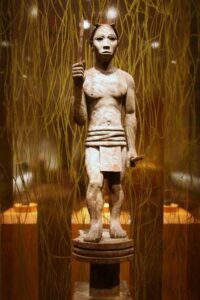 Male funerary statue of Sakalava or Bara peoples of Madagascar (dated from early to mid-20th century).
Male funerary statue of Sakalava or Bara peoples of Madagascar (dated from early to mid-20th century).
Finally, let’s talk about some of the most importants elements of art regarding the composition.
5 – Composition
Composition is naturally linked to the structure of the sculpture, but it explores in greater detail the elements of shape. So we should identify and detail the following elements:
1. Axis;
2. Volume: Mass vs. space;
3. Line;
4. Colour;
5. Light;
6. Relationship between technical and material and the shape.
In the online course Analysing Art get to know
Distinguishing concepts of interpretation and description when reading a work of art.
Identifying and describing characters and scenarios in an objective and clear way.
Distinguishing objective reading of subjective reading.
Identifying and recognising the importance of literary and graphic sources for the interpretation of works of art.
Identifying the necessary elements for the description and interpretation of a work of art, according to its nature (painting, sculpture or architecture).

